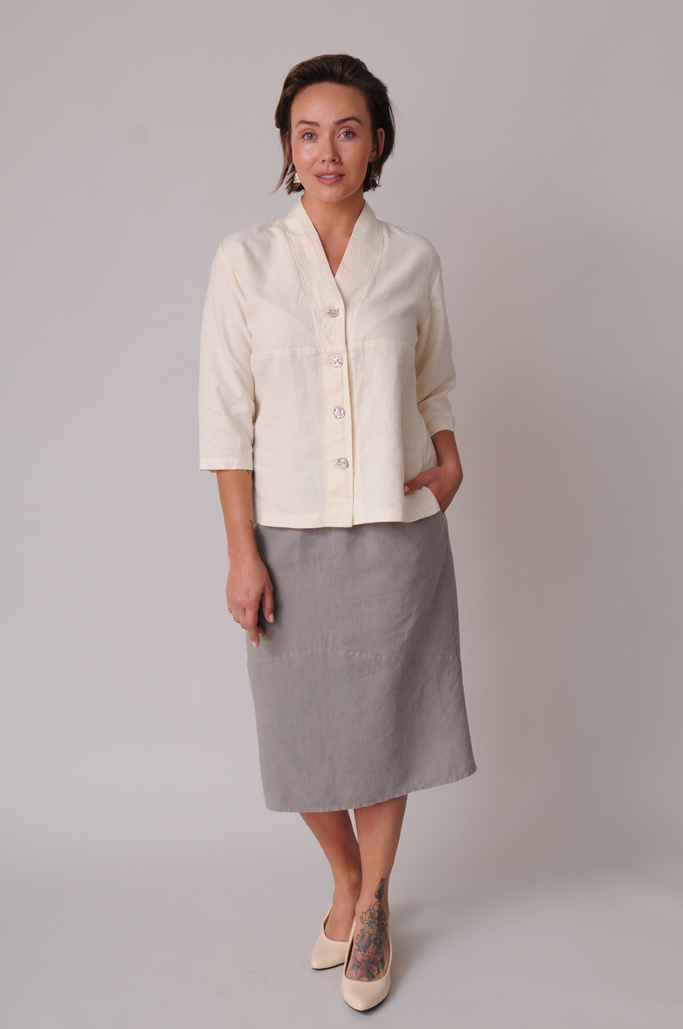The Cost-Per-Wearing Calculation
Posted by Marty Paule on 23rd Feb 2015
Eco-clothing shoppers can take heart knowing their decision to wear sustainable fashions makes financial sense too.
While most of us deplore the environmental and human toll that fast fashion exacts, it’s pretty easy to see why it continues to succeed. Walk by an H&M or Zara storefront and the allure is obvious: spangled, brightly colored clothes at ridiculously low prices.
 Sure, we know the stuff’s not constructed well, the fabrics are flimsy, and the conditions under which it is made might not hold up to a sniff test, but with those minuscule price tags, it can be awfully appealing to uninformed consumers. Even if you only get a few wearings out of it, that cute party dress seems like a no-brainer at $25.
Fast-fashion bargains can be deceiving.
Sure, we know the stuff’s not constructed well, the fabrics are flimsy, and the conditions under which it is made might not hold up to a sniff test, but with those minuscule price tags, it can be awfully appealing to uninformed consumers. Even if you only get a few wearings out of it, that cute party dress seems like a no-brainer at $25.
Fast-fashion bargains can be deceiving.
But calculating the real cost on the basis of how many times you’ll actually wear it could reveal it’s not such a bargain after all. Let’s assume (perhaps optimistically) that you’ll wear the dress five times before it ends up in the back of the closet with seams starting to give out. Or in the Goodwill bag if the wear and tear or your buyer’s remorse are especially severe. Then your cost-per-wearing is $5.
Now let’s replay that scenario, assuming that you shopped carefully for a dress that’s well crafted, made with quality fabrics and trim, and is perhaps a little less trendy, with a classic look that’ll survive many cycles of fashion-fashion fads. It costs $100. Let’s further assume you’ll keep that dress for ten years, wearing it four times annually. So the calculation is $100 ÷ 40 wearings = $2.50 per wearing—half the cost of that bargain dress.
Our fabrics are durable. Shown here our Tuxedo Top and Curved Skirt.
Thinking about the items in our wardrobe as investments as opposed to consumables can help move the needle as we shift from a throwaway mindset to one that weighs purchases carefully. Slow fashion is for those who arrive at purchase decisions slowly. Instead of buying stuff on a whim, we consider each significant purchase in the context of our real needs and the likely use and pleasure we’ll derive from it.
When folks stop by the Sympatico booth and take their time in pondering their purchase, we’re delighted. Sympatico clothes are designed and made carefully, and we respect it when the decision to buy them is reached in the same way.
Share:






